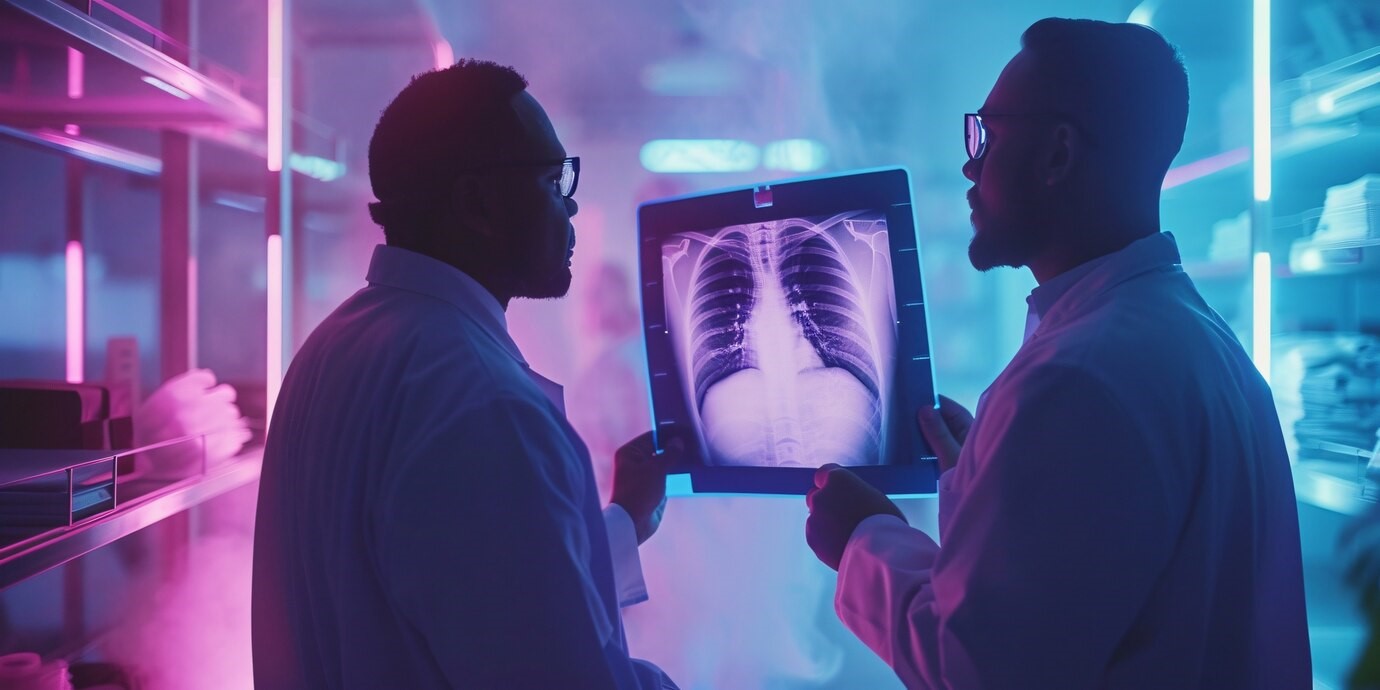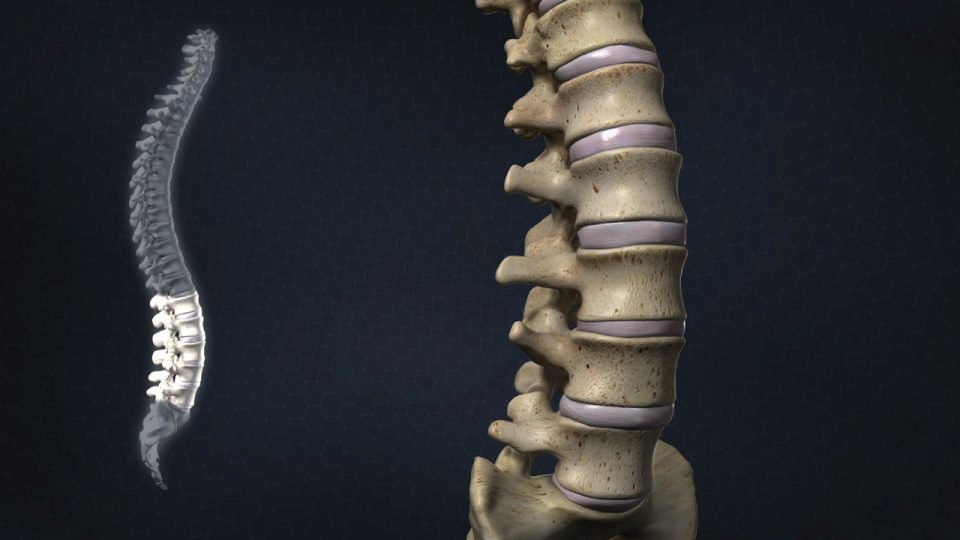
Types of radiology
October 8, 2024Radiology is one of the most widely used diagnostic methods in medicine. With scientific and technological advancements, the diagnosis process has become much simpler for physicians, and one of the key factors in this field is medical imaging tools and devices. Depending on the doctor’s opinion and the area of the body that needs imaging, different imaging methods can be used.
Radiology is one of the most common and vital options in this field and plays a very important role in the process of diagnosing diseases. This medical technique helps doctors and specialists to more accurately identify patient problems and provide the best treatment options. In this article, we will comprehensively explore radiology and its applications.
What is radiology?
Radiology is one of the branches of medicine that deals with the use of radiant energy to diagnose and treat diseases. This field is divided into two main areas: diagnostic radiology and interventional radiology. Doctors specializing in this field are known as radiologists.
Medical imaging involves a set of tests that are used to provide images of different parts of the body. Depending on the type of imaging and the area that needs to be imaging, this field is divided into different categories, including radiology, ultrasound, MRI, CT scan, and nuclear medicine.

What is the purpose of radiology? (Application of radiology)
Radiology, which is known as a diagnostic branch in medicine, provides images of different areas of the body and helps diagnose diseases. This technique is used for different types of medical conditions and can be divided into different categories depending on the type of imaging test.
The main goal of radiology is to identify diseases in time before the symptoms become more severe and the patient’s condition worsens. Using this technique, the doctor is able to quickly identify internal problems and diseases in any part of the body and take the necessary therapeutic measures.
Diagnostic radiology uses imaging results to identify a variety of problems, including bone fractures, cardiovascular disease, blood clots, and other issues. Also, interventional radiology, which is another type of radiology, uses imaging techniques such as CT scans, MRIs, and ultrasound to guide medical and therapeutic procedures.
- ۱. Lumbar Radiology
One of the key applications of radiology is to investigate and diagnose back and spine problems. To identify various back abnormalities, including vertebral fractures, vertebral protrusions, and spinal cord problems, simple radiography, full spine stereotypes, CT scans, or MRIs are commonly used.
The images obtained from these scans provide detailed information about the vertebrae of the back, bones, and spinal cord. These images help the doctor to easily identify various injuries, diseases, fractures, and abnormalities. This type of imaging is used to diagnose back and neck pain, arthritis, dislocations or slips of the vertebrae, lumbar disc problems, tumors, and curvature of the spine.
- Lung radiology
Lung radiology, also known as chest x-rays or scans, is used to assess the condition of the lungs, heart, and chest wall. This type of imaging helps diagnose problems such as shortness of breath, persistent cough, fever, chest pain, rib fractures, and other injuries related to this area. Also, chest radiology can help the doctor assess the progress of treatment and check the condition of the lungs after the surgery.
- Bone Radiology
Radiology, or radiography of bones or X-ray images of bones, is an imaging test that aims to examine bones and diagnose malignant bone tumors in the knee, osteoporosis, etc. Bone radiology is also performed to diagnose bone fractures or dislocations of bones and joints, to detect the process of fusion and healing of bones, as well as to assist the orthopedic surgeon during bone surgeries.
- Dental Radiology
Diagnostic radiology is also performed using X-rays for the teeth, and its main application is to identify problems that affect the teeth and bones of the jaw and face. Since in the visual inspection the dentist cannot access all the internal structures, these images help to obtain more detailed details of the condition of the teeth.
Dental X-rays provide valuable information about the structure and condition of the teeth, allowing the dentist to plan the best treatment options. It is also used to identify the number of damaged teeth, their size, and their position in the mouth.
- ۵٫ Radiology for Children
X-ray scans and other radiology techniques such as ultrasound and MRI play an important role in diagnosing health problems and identifying diseases in children. For example, these techniques are used to diagnose bone fractures or digestive problems in children.
In the context of surgeries needed for children, different types of diagnostic imaging can help the doctor determine the best course of treatment. X-ray imaging, which is performed with a low dose of waves, is the most common type of radiology used for children.
- ۶٫ Radiology for Rhinoplasty
Radiological images play a vital role in rhinoplasty. These images help the doctor choose the best surgical options for the patient. Using rhinological radiology images, the surgeon is able to accurately identify internal nasal problems and correct abnormalities and asymmetrical areas to create the best possible shape for the nose.
- Radiology for Maxillofacial
Radiology is also used for the jaw, face, and mouth, and provides valuable information about oral and dental diseases, jaw position and position, jaw and mouth disorders, and other problems. Many different types of radiology techniques can be used to image the jaw and face, but the best option for this purpose is cone beam CT.
Cone beam CT provides detailed images of bones and is used to evaluate diseases of the jaw, teeth, bone structures of the face, nasal cavity, and sinuses.
Radiology photo of heel spur
Radiological images are also used to identify the symptoms of heel spurs. Heel spurs, which are caused by calcium deposition under the heel bone, can cause a bump in this area. By requesting a radiology x-ray, the doctor will be able to diagnose the presence of this problem and suggest appropriate treatment.
Benefits of Radiology
Different radiology procedures have many benefits for patients, doctors and medical providers. Among these benefits are the following:
- Reducing the need for invasive surgeries to diagnose diseases, especially in cases such as cancer.
- Helping to determine the necessity of surgery for the patient.
- Promoting accuracy in diagnosing and managing medical conditions.
- Interventional radiology, which involves simultaneous diagnosis and treatment, can be less risky than traditional or laparoscopic surgeries and provide a shorter recovery time.
- Use radiology to guide and manage diseases such as heart disease and stroke.
- It is used in the screening of diseases such as breast cancer.
- Reducing the risk of death through early detection of medical problems.
Conclusion

Radiology is one of the most effective and highly practical techniques that can make the diagnosis process faster and more accurate and help provide the best treatment options. This field includes different types of imaging, and it is up to the treating physician to choose the appropriate type. Due to the differences in the quality of imaging devices, it is recommended to perform radiology tests and increase the accuracy and quality of the results. Visit the prestigious and modern center that is equipped with the latest devices in the world.
Golestan Ultrasound Center proudly announces the provision of the highest quality services to dear patients. This success has been achieved through the use of advanced equipment and the most up-to-date technologies, along with the knowledge and experience of our team of radiologists and skilled experts.
It is suggested that in this article, which is related to radiology, we will talk about our specialized radiology facilities:
At the Golestan Center for Radiology, Ultrasound, and Mammography, the latest radiology technologies are used to provide accurate and high-quality services. Among these technologies, we can mention the following:
Full Spine Radiography: This technique allows for complete imaging of the spine in a stereotype. With this technique, doctors can comprehensively assess the curvature and overall health of the spine, helping to diagnose disorders such as scoliosis, lordosis, or kyphosis.
۳ Joint Radiography: This type of imaging is dedicated to the complete examination of the lower extremities from the pelvis to the ankles. This technique is very useful in determining the angles of the pelvis, knees, and bones of the lower extremities and can help identify structural problems and possible injuries.
Using these advanced technologies, Golestan Radiology, Ultrasound, and Mammography Center strives to provide accurate and high-quality services to patients and help improve the process of diagnosis and treatment of diseases.
Golestan Ultrasound Center seeks to provide a safe and comfortable experience for its patients by providing a calm and professional environment. Our main focus is on providing high-precision services and paying special attention to the needs and concerns of each patient. We are constantly striving to bring you an accurate diagnosis and effective treatment by using advanced technologies and up-to-date knowledge in the world.
Ultimately, our goal at Golestan Ultrasound is to ensure the health and satisfaction of patients. We will proudly continue to provide specialized services in the field of advanced ultrasounds, and we are always trying to provide you with the best.


